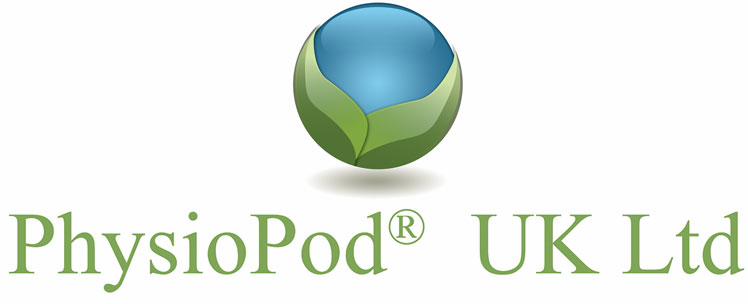The Evolving Landscape of Healthcare and Technology By Gaynor Leech, Founder of LWO Community and Expert Lymphoedema Patient Advocate
In recent months, my friends have reported that their GPs no longer take their blood pressure during appointments. The premise that patients have their own equipment and can do it themselves has resulted in a substantial shift in patient care. However, there has been a lack of communication that has left my friends confused and frustrated as they were not given an explanation.

Recently, I was asked to wear a blood pressure monitor in the form of a digital watch, falling under the category of 'wearables' in the push for Technology Enabled Care.
What is Technology Enabled Care?
TEC may include telecare, telehealth, telemedicine and tele coaching this will provide care to help you control your own health and social care, to jointly make decisions about your care and what you feel is right for you. Here is brief look at what is available:?
- Telehealth is monitored technology that aims to reduce GP appointments and hospital stays.
- Telecare is designed to transmit notifications to a dedicated call centre when a patient has a problem (a monthly fee applies).
- Telemedicine monitors 24/7 access to care through mobile health apps, mobile medical equipment that monitor and track health, and the sharing of medical records.
- Tele-coaching is the use of mobile, landline, or video messaging services by trained practitioners to provide practical support and guided self-help in planning and maintaining health at home for as long as feasible.
In my case the nurse noted my swollen wrists and determined that the watch was not a suitable option for me, as it needed to be worn tightly to provide accurate readings. This could make the swelling worse.
I was then asked to produce blood pressure readings over the next three days, and the nurse scheduled an appointment with the GP to review the results. Fortunately, I have the equipment to do this, but the nurse did measure my blood pressure to establish a baseline for future readings. She then added that they no longer routinely take blood pressure measurements in surgery because they are rarely accurate, as patients may be stressed or concerned about seeing their GPs. This is known as ‘white coat syndrome’ from a time when doctors wore white coats.
Lived experience is a powerful tool and although this is not about lymphoedema I decided to share my experience in a post to L-W-O support group members. Members responded informing the group that their surgeries now have a chair and a blood pressure monitor in the waiting area. However, numerous members expressed concern that the monitors' arm sleeves were designed for the left arm and did not accommodate right arm readings. This device is not suitable for members who have lymphoedema in both arms. Furthermore, several of my older friends were uncomfortable with this method of taking blood pressure readings because they believed it lacked the privacy they had come to expect in the past.
Taking your blood pressure at home
When you're taking your blood pressure at home there are things you can do to help get an accurate reading.
Try to:
- sit on an upright chair with a back.
- place your feet flat on the floor.
- rest your arm on a table and relax your hand and arm.
- wear something with short sleeves so the cuff does not go over clothes.
- relax, breathe normally, and do not talk during the test.
- take another reading ten minutes after your first reading to check it is accurate.
If a healthcare professional has requested you to monitor your blood pressure, do so as often as they recommend, usually in the morning and evening.
If you use a home blood pressure monitor, you should tell your GP practice.
Care and Consideration
While I am fortunate to have a digital monitor with a cuff at home and can take my own blood pressure readings, others may not have the essential equipment or confidence to do so. Smart technology is not new; nevertheless, in a few years, many more individuals will be wearing smart watches that record blood pressure readings and immediately upload them to their NHS app.
We are not there yet; care and consideration must be given to individuals who find these developments bewildering or who are not in a financial position to buy their own equipment. One final request from me. Please ensure that when changes are made to patient care, particularly for elderly patients, that they are informed and understand the rationale for the changes.
Read more guest blogs from Gaynor Leech

